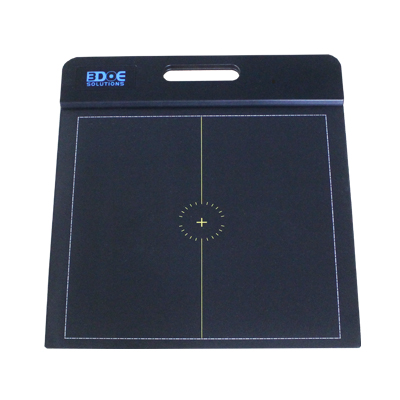
Tel :0755-86131192 86180201
Fax :0755-86180213
E-mail: info@3doe.com
Website: www.3doe.com
Address: 3A05, Minzhi Chamber of Commerce Building, Minzhi Avenue, Longhua District, Shenzhen
Are you here: Home > News > Industry NewsIndustry News
Detailed explanation of the working principle and application scenarios of the plantar pressure plate
Time:2025-02-14 15:04:33Source:深圳市精易迅科技有限公司Views:691
The plantar pressure plate is a detection device built on a high-precision sensor array. Its main function is to collect and analyze the pressure distribution of the human sole in static and dynamic states in real time, thereby providing a scientific basis for clinical diagnosis, sports training and rehabilitation treatment.
Its working principle is to use the built-in sensor to convert the mechanical pressure on the sole into an electrical signal. After signal amplification, filtering and analog-to-digital conversion, the data processing system conducts a comprehensive analysis to finally generate an intuitive pressure distribution map.
During the detection process, the pressure value, pressure peak and force time of different areas can be accurately recorded, reflecting the force characteristics of various parts of the foot under different motion states.

In static tests, plantar pressure plates are often used to evaluate the weight distribution and arch structure of individuals in standing state.
By detecting the pressure data of various parts of the sole, doctors can determine structural abnormalities such as flat feet and high arches, and propose preventive or intervention measures accordingly.
In addition, for individuals with weak balance ability, the device can also detect uneven weight distribution, providing a basis for formulating balance training programs.
Dynamic testing focuses on the pressure changes of the foot during walking, running and other activities.
The equipment can capture the force of the sole of the foot at different stages of the gait cycle, such as the pressure distribution and peak data of the landing, support and push-off stages.
Through in-depth analysis of these data, abnormalities such as gait asymmetry, inversion or eversion can be identified, thereby providing detailed quantitative references for sports rehabilitation or sports performance optimization.
Coaches and sports medicine experts often use these data to adjust athletes' technical movements and improve training programs to achieve the purpose of improving sports efficiency and reducing the risk of sports injuries.
In the field of clinical rehabilitation, plantar pressure plates are widely used in the evaluation of patients with neuromuscular diseases, bone deformities and postoperative rehabilitation.
By regularly detecting changes in the patient's plantar pressure, doctors can monitor the rehabilitation process, adjust the rehabilitation training plan in time, and promote the gradual recovery of the patient's gait.
In addition, for diabetic patients, since neuropathy often leads to decreased sensation in the foot, excessive local pressure may cause ulcers. Regular testing of plantar pressure can help to detect potential risks early and take targeted preventive measures.
In the field of biomechanics research and ergonomics, the data of plantar pressure plates are also of great significance.
Researchers compare the plantar force data of different populations or sports to explore the intrinsic connection between gait, posture and sports efficiency, thereby promoting theoretical research and technological innovation.
With its advantages of high precision, real-time and multi-dimensional data output, plantar pressure plates play an irreplaceable role in many fields such as clinical diagnosis, rehabilitation treatment, sports training and scientific research, providing solid data support for personalized medicine and scientific training.




